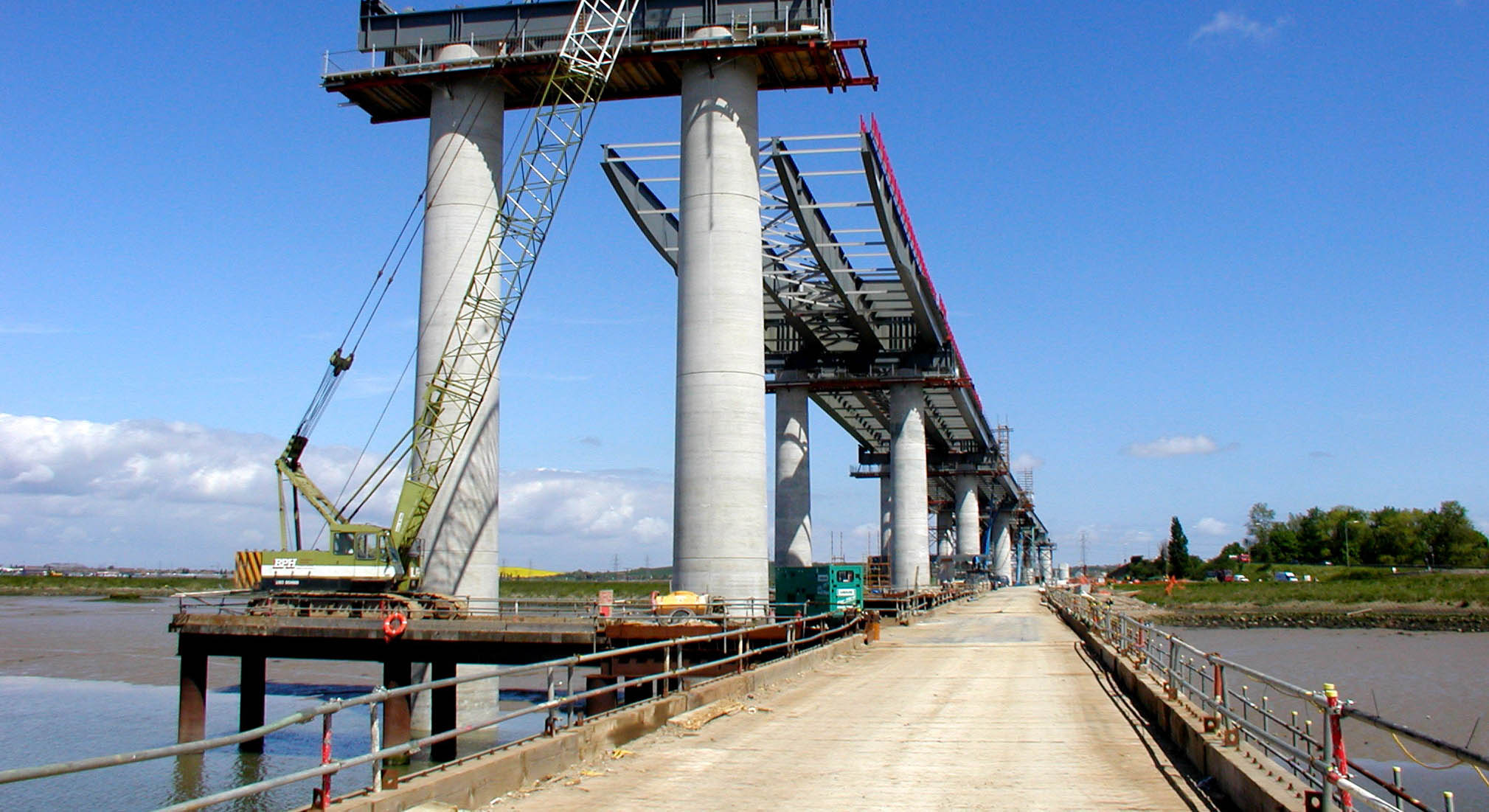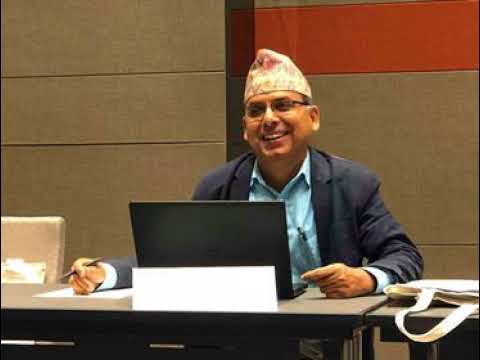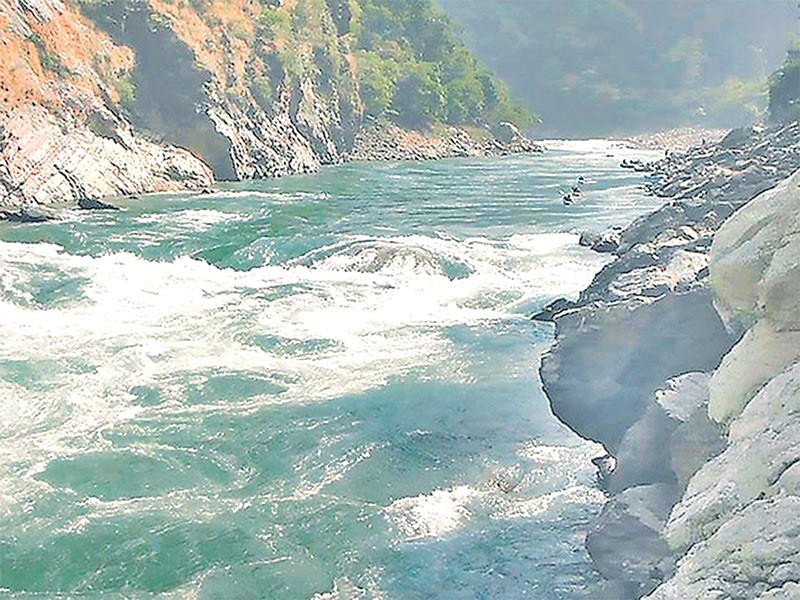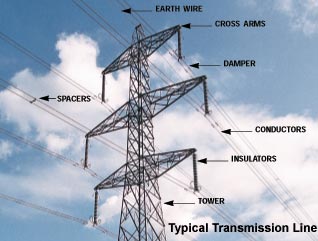Legal education has been an important challenge in Nepal. Different law schools in the country have different programs for the undergraduate and graduate legal studies. Kathmandu University School of Law (KUSL) at Dhulikhel, the youngest law school in the country, also has unique perspective in legal education. New Spotlight spoke with Dr Adhikari recently on the specialty of their academic program, and their current approach in this regard. Excerpts:
By NEW SPOTLIGHT ONLINE July 22, 2018, 8:15 p.m.
How is the Kathmandu University School of Law (KUSL) doing in its fifth year of operation? Are you already established?
Yes, we are already established, and we are doing well. Our integrated undergraduate course, BBM,LL.B (Bachelor of Business Management and Bachelor of Law) is in high demand by now. At present, we are taking only 44 students every year. We have a plan to increase the intake number next year keeping in view the interest shown by the members of the bar, the parents and professionals in the justice sector. Our post-graduate degree, the Masters by Research in Energy and Infrastructure Law, has also been initiated with a cautious start. We take serious legal researchers in this course.
How is your BBM,LL.B and the degree in Energy and Infrastructure Law related with each other?
There are obvious differences between the first professional degree and Masters by Research.The BBM,LL.B is the first professional degree. However, even as a first professional degree, the BBM,LL.B has a strong focus on corporate and business laws while maintaining conventional standards of legal education. The management and business subjects have been interwoven with corporate and business laws in such a way that once graduated, graduates will be able to work smartly in the areas of international trade, international investment, intellectual property, energy, infrastructure, concession contracts, competition law, torts and corporate management. Graduates will have the confidence that has not been much seen in Nepal before.
The Masters by Research in Energy and Infrastructure Law builds on the BBM,LL.B degree and works towards creating specialists who can fill up the gap that exists in the legal profession of Nepal in this area. Obviously, they are interrelated. It is not necessary that the students who want to pursue the Masters by Research must have the BBM,LL.B degree, but some background in economics, finance, business management and quantitative techniques is very helpful.
What is the reason behind establishing the Masters by Research in Energy and Infrastructure Law?
The simple answer is that we don’t have an adequate number of quality lawyers in Nepal in this area, although there are many roles that need to be filled in that arena. We should understand that Nepal is constantly increasing its spending in the areas of energy and infrastructure than anything else.
Investment in energy and infrastructure is going to be one of the thriving sectors in the future. The country contains huge untapped hydropower potential. There are environmental issues, and Nepal is in dire of shifting its dependence on unclean energy to hydropower development and other sources of clean energy. Many projects have been identified and feasibility studies have been carried out for various development projects. It offers 100% FDI in various sectors. Local and international investment is also encouraged in Infrastructural investments in the areas of agriculture, tourism, public transportation, telecommunication, national and international airports, mines and minerals, health, and education. There are high stakes for the country.
What are those stakes?
We require good lawyers to advise the clients of all sorts across the entire sector. There is a dearth of trained lawyers in Nepal who can advise energy companies, financial institutions, institutional investors, sponsors, governments and contractors. We need lawyers who could help think innovatively and with sophistication to achieve their business objectives. The government needs trained lawyers and advisers, as there are huge consequences for the state when issues of liability and compensation arise, for example.
Also, there is a widespread feeling among Nepalese stakeholders that our civil and judicial bureaucracy is not trained enough to negotiate concession arrangements and prepare or review tender documents. Our bureaucracy has faced difficulties in providing counseling on claims and other issues that arise during the construction and operation phases. They have been relying on expensive foreign legal experts in a variety of projects, including hydropower, electricity transmission facilities, airports, railroads, highways, waste facilities, and water supply facilities.
How will the students you train be relevant to the public sector?
Lawyers serve both the public and private sectors. If you go by the programme of the Investment Board of Nepal (IBN), the major agency for FDI approval beyond a certain scale, there are major investments plan in the areas of agriculture, banking and finance, education, energy, health, and ICT. IBN is also committed to manufacturing industries, mines and minerals, tourism, and the transportation sector. It has been working for Arun III hydro-electricity project (HEP), Tamakoshi 3, Upper Marshyangdi, Upper Karnali, West Seti, the chemical fertilizer plants, and integrated solid waste management.
The list will continue to expand, because the government is planning to acquire benefits from the Chinese Belt and Road Initiative, and its trans-Himalayan multi-dimensional connectivity network in the fields of infrastructures, energy, transportation, and railways, to mention a few.
The issue is how we protect national interests, ensure competitiveness, and address financial requirements. Legal expertise is necessary from the project negotiation stage for the accomplishment of safe and secured transactions. As Nepal becomes more industrialized, we will need more lawyers who are skilled, innovative, and entrepreneurial.
At the moment, at KUSL, we only offer Energy and Infrastructure Law at the postgraduate level. However, we hope to expand to all major areas of the Rule of Law in order to cater to Nepal’s emerging trade, investment, and finance sectors.
What is the specialty of the course in Energy and Infrastructure Law?
This specialization is designed to provide students with a sophisticated set of legal skills and a solid analytical understanding of energy and infrastructure law. It will develop their insight into the policies, players, and stakeholders that are involved in this highly complex area, focusing on major players in the utility, power, tunneling, waste management, telecom, and related infrastructure development industries. Students will focus on energy regulation and public utility concepts, competition theory, resource efficiency efforts, social responsibility and environmental issues, integrated infrastructure planning, and public and private partnerships during thetwo-year course of study and research.
The Masters by Research degree in Energy and Infrastructure Law equips the students with specialist knowledge in this field in preparation for entrepreneurial career pathways, senior roles in the industry, or a future career in research.
How does the program achieve this?
A Masters by Research is a specialist degree. It provides students with an opportunity to expand their intellectual interests in the areas of energy and infrastructure law, build their skills, and sharpen their expertise. Since this is a research degree, it is important the candidates for this program are passionate about this subject, intellectually curious, and up for a challenge.
What type of research a student of Masters by Research produces?
In a two year period, a Masters by Research student produces an original piece of research under academic supervision. The research process enables a student to deepen his/her existing expertise and interests in this specific discipline, and develops in him/her a wealth of skills relevant to both industry and academic career paths.
What about coursework? Can a student master the subject without basic coursework?
The course is based on minor coursework (9 credits of taught instructions) and major research (21 credits). The coursework introduces the law of energy and infrastructure in the overall context to the subject matter. Both in-house teachers and external facilitators are involved. This includes economists, engineers, developers, and policy makers in the program area. It also includes legal research methodology. This assists the students to kick off the research on the desired subject of choice.
Why should the students prefer Masters by Research degree over the degree by coursework? Which one is considered better?
It is up to the student. Many students choose to undertake a research degree because they have the drive to progress as far as they can in their chosen fields with strong motivation and commitment. It develops in them required legal skills, the ability to think independently, critically and legally. They can solve problems and communicate effectively.
Researchers enjoy research. They like to take challenge and enjoy independent research. They are, for many, rewards in themselves. They enter into the profession not just with their certificates, but also a background with credible research. The transferable skills developed through a research degree are usually more durable. They are valuable as well. In this sense, they are precious than the gained knowledge itself. We take students selectively, based on their proposal and our capacity to supervise them. This shapes the scenario.
Does a Masters by Research lead to a PhD degree at your School of Law?
PhD is another level. Once a student completes the Masters by Research, he/she can think of a PhD immediately. The program prepares you with enough research skills to do so. The Masters by Research degree could help a student decide if he/she is suited to continue his/her studies with a PhD.
We have not yet offered PhDs. There are universities where the successful completion of a Masters by Research could lead to an instant enrollment in a PhD degree. Even without a PhD, the Masters by Research can perfectly prepare the student for several career opportunities.




